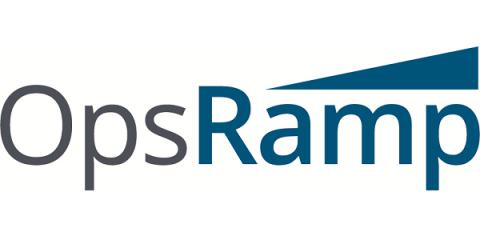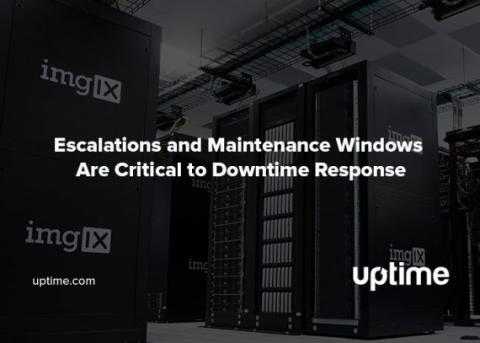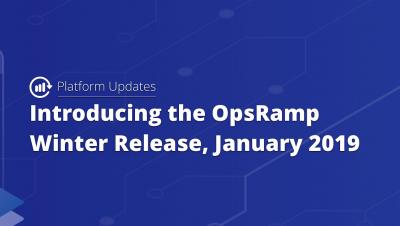OpsRamp Delivers Greater Service Centricity, Expanded AIOps and Cloud Native Monitoring
OpsRamp, the service-centric AIOps software-as-a-service (SaaS) platform for the hybrid enterprise, today announced new topology maps, enhanced artificial intelligence for IT operatzions (AIOps) features and new monitoring capabilities for cloud native workloads.











